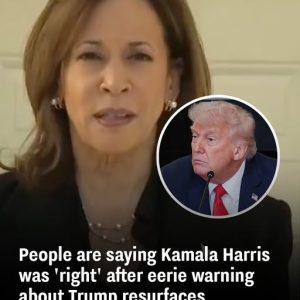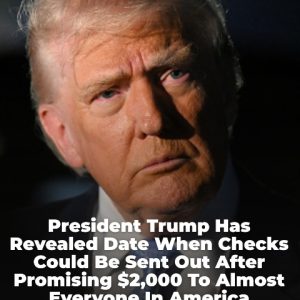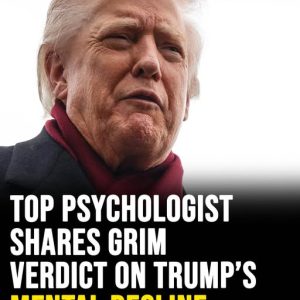On Tuesday, the White House experienced an unexpected security lockdown that quickly captured the attention of both press and public. The Secret Service, responding to an incident on the front lawn, escorted reporters into the briefing room while securing the perimeter and closing Pennsylvania Avenue. Sources confirmed that the trigger appeared to be a phone thrown over the fence, an action that, while seemingly minor, prompted the most stringent protective measures for the complex. White House Press Secretary Karoline Leavitt later confirmed the object involved was a phone but provided no further details. The lockdown lasted approximately 30 minutes before an all-clear was issued. While the incident itself may seem minor, it occurred against a backdrop of heightened security awareness, particularly given the recent anniversary of prior threats directed at the President.
Security protocols at the White House are designed to respond to both credible threats and unexpected anomalies. Even small objects thrown onto the grounds can trigger lockdowns because they could conceal weapons, explosives, or other dangerous materials. The response underscores the rigor of Secret Service operations and the emphasis on preventing potential harm before assessing intent. In addition to physical security, the lockdown reflects an awareness of the political environment, including past threats and ongoing national debates surrounding intelligence, law enforcement, and election integrity. Reporters and staff are quickly moved to secure areas during such incidents to ensure their safety, and the temporary closure of Pennsylvania Avenue demonstrates the extent to which even minor breaches are taken seriously. While a phone may not have posed a tangible threat, the incident serves as a reminder that the White House is a high-stakes environment where caution is paramount.
The timing of the event also intersects with a historical context of threats against the President. Just days prior marked the one-year anniversary of an assassination attempt on President Donald Trump during a rally in Butler, Pennsylvania, where a gunman opened fire, injuring multiple individuals and killing one. The heightened awareness surrounding that anniversary likely contributed to the prompt and thorough response by the Secret Service. For federal security agencies, even low-risk incidents are evaluated through the lens of historical threats, potential intelligence gaps, and the possibility of coordinated attacks. In this case, the lockdown served both a protective and precautionary function, demonstrating that the White House operates under protocols informed by decades of evolving security measures and real-world experience in mitigating threats to national leaders.
In parallel with the immediate physical response, the incident has raised broader questions about ongoing investigations and political oversight. Reports indicate that the FBI has been conducting a significant investigation into alleged coordinated operations spanning a decade, encompassing claims of interference, mismanagement, and potential misconduct by intelligence agencies and political actors. Sources describe this probe as internally referred to as a “grand conspiracy,” examining claims that intelligence and law enforcement entities sought to influence multiple U.S. elections and undermine the Trump administration. Central to the investigation are classified documents, including a long-buried inspector general annex regarding Hillary Clinton’s private email server and a classified appendix from Special Counsel John Durham’s report on Russiagate. Both documents allegedly contain evidence that could shed light on alleged improper conduct or intentional misdirection by intelligence agencies during critical moments of election oversight and political transitions.
The release and potential declassification of these documents is viewed by some observers as pivotal to understanding the depth and scope of alleged interference. Senator Chuck Grassley has requested the inspector general annex, which insiders believe may reveal instances where credible evidence of misconduct was overlooked. The Durham appendix is said to contain information regarding early intelligence operations and claims that the Clinton campaign influenced the Trump-Russia narrative before formal investigations began. These revelations, if made public, could provide prosecutors with patterns of alleged institutional behavior that critics claim undermined fair and impartial enforcement. CIA Director John Ratcliffe’s recent public statements have already criticized the intelligence community’s handling of election interference, highlighting lapses in objectivity and the prioritization of political narratives over evidence-based analysis. The intersection of classified evidence, ongoing FBI inquiries, and public scrutiny creates a high-stakes environment for both law enforcement and political actors.
Beyond historical context, the incident highlights ongoing concerns about election security and intelligence oversight. The Trump team has reportedly considered appointing a special counsel to investigate claims that intelligence regarding foreign influence, specifically alleged Chinese efforts to manipulate the 2020 election, was mishandled. Reports suggest that crucial intelligence may have been ignored or even suppressed, raising questions about the ability of agencies to respond to external threats effectively. While the lockdown on the White House lawn involved a minor object, it underscores the broader challenges of securing critical national infrastructure and leaders against both immediate and systemic threats. In an era where security, politics, and intelligence intersect, even minor incidents can catalyze intense scrutiny, revealing vulnerabilities, procedural rigor, and the ongoing tension between public safety and transparency.
In conclusion, the White House lockdown on Tuesday serves as both a literal and symbolic reminder of the complex security landscape surrounding national leadership. What may have started as a simple incident—a phone thrown over the fence—illuminates the layers of protective measures, historical threat awareness, and the broader political and investigative context in which the executive branch operates. Coupled with ongoing FBI investigations, potential declassification of critical documents, and heightened scrutiny of intelligence operations, the event exemplifies how security, politics, and law enforcement intersect in the highest-profile arenas of American governance. It reinforces the necessity of vigilance, the challenges of balancing transparency with security, and the continuing evolution of protective strategies in response to both immediate and historical threats. For the press, the public, and government officials, the incident is a vivid illustration of the ever-present responsibilities and pressures involved in safeguarding the nation’s most important institutions.





